Sugar
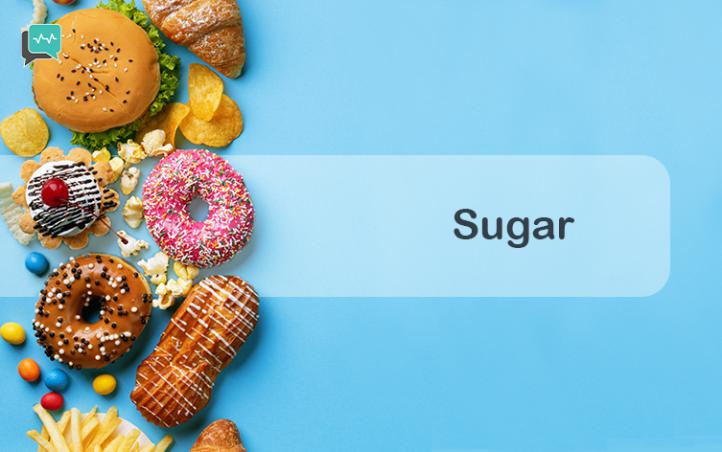
When it comes to sugar, almost everyone has an opinion.
For example, “Sugar is so bad for you”. Or: “My kids have never had sugar.” “I wouldn’t put sugar in my tea; I only use honey.” “Agave is even healthier than honey”. “Sugar causes diabetes”. “Brown sugar is less processed than white sugar”.
Which of these statements are accurate? Are any of them accurate?
What is sugar?
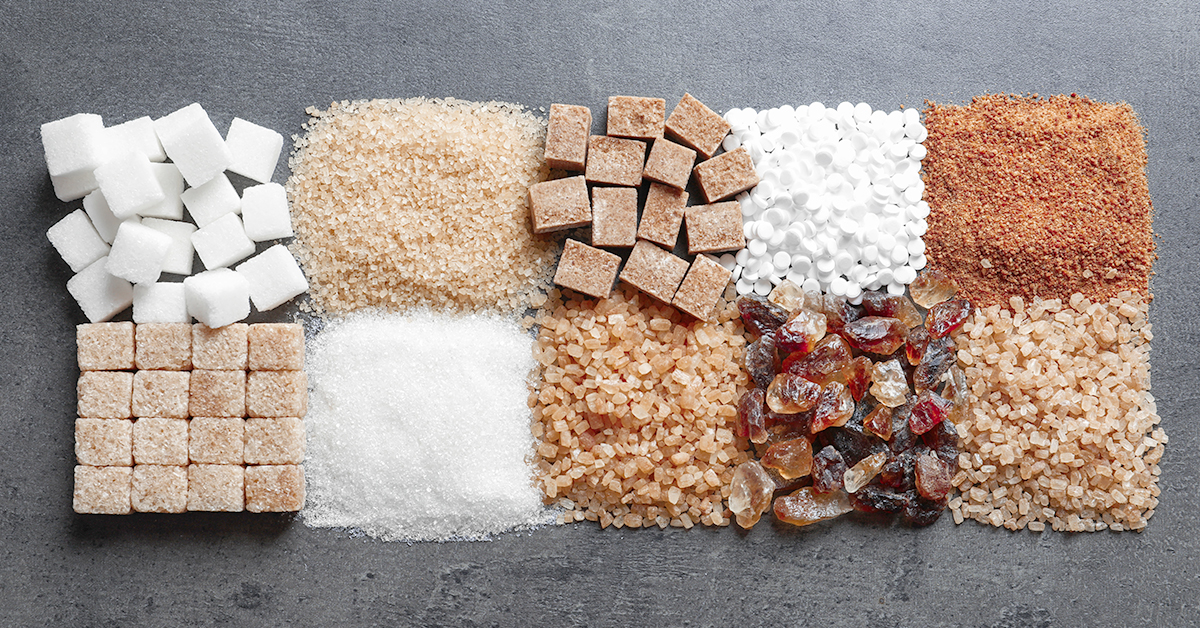
At the most basic level, sugars are molecules of glucose, fructose, and galactose, or combinations of these molecules. These sugars come from the carbohydrates in plant-based foods and from dairy. When we chew our food, mix it with saliva, swallow it, and mix it in our stomach with enzymes, the carbohydrates in the food are broken down into molecules of glucose, fructose, or galactose. Significant sources of carbohydrate come from plant-based foods such as:
- Fruits
- Vegetables
- Bread
- Pasta
- Potatoes
- Rice
Glucose, fructose, and galactose are called simple sugars because they cannot be further broken down. Glucose is the body’s primary source of energy. Without glucose we wouldn’t be able to speak, laugh, or breathe. We wouldn’t be able to think, grow, walk, digest, drive a car, read a book, or do virtually anything. In fact, in order for us to use fructose or galactose for fuel, our body has to convert those molecules into glucose. Galactose is the sugar found in milk and other dairy products.
Yes, most of the carbohydrates in potatoes, zucchini, and broccoli break down into the same sugars that you might find in jellybeans. However, potatoes, zucchini and broccoli have vitamins, minerals, and other nutrients that we need for survival, whereas jellybeans do not. The carbohydrates in jellybeans are already simple sugars and there are no other nutrients for the body to extract.
So, sugar can come from a vegetable?
Actually, yes.
If you bake cookies or sprinkle sugar on your cereal, you are most likely using sucrose. Sucrose is formed from a molecule of glucose plus a molecule of fructose. Sucrose can be extracted from plants and processed into various sizes and shapes such as granulated sugar (table sugar), powdered sugar, or sugar cubes.
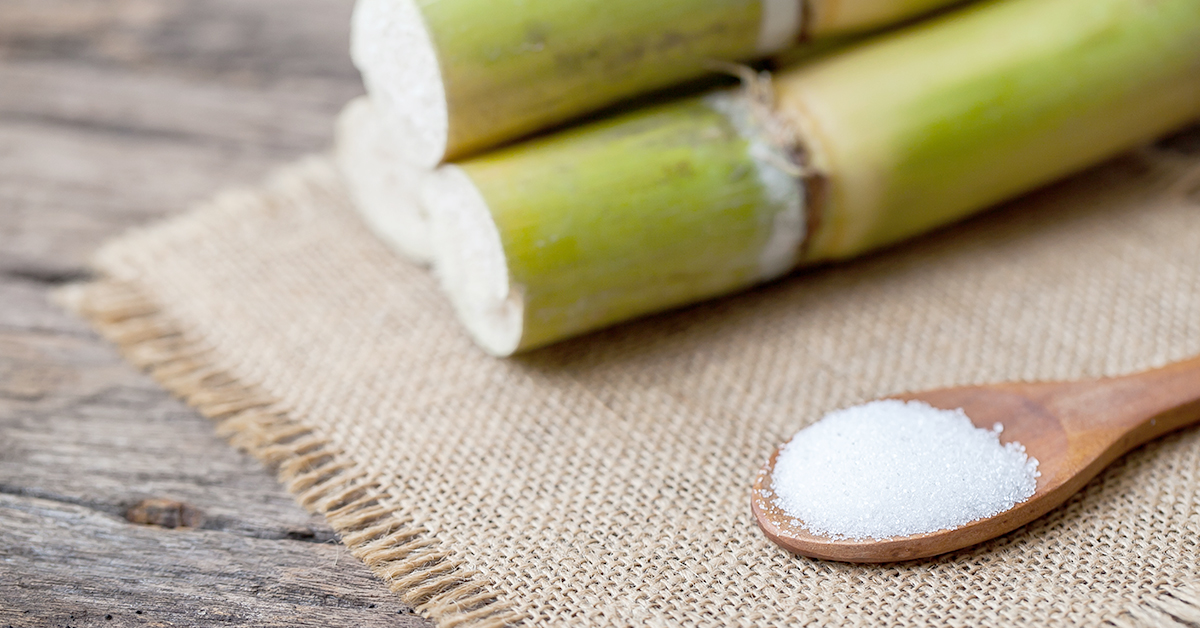
Sugar beets, a root vegetable, and sugar cane, a grass, are the plants most commonly harvested by sugar producers. They have a high sucrose content and a fast rate of re-growth. The processed sucrose is sold to manufacturers of processed foods and directly to consumers. Sucrose is added to foods such as:
- Crackers
- Frozen meals
- Peanut butter
- Bread
- Soda
- Yogurt
- Canned fruit
What is the difference between naturally occurring sugar and added sugar?
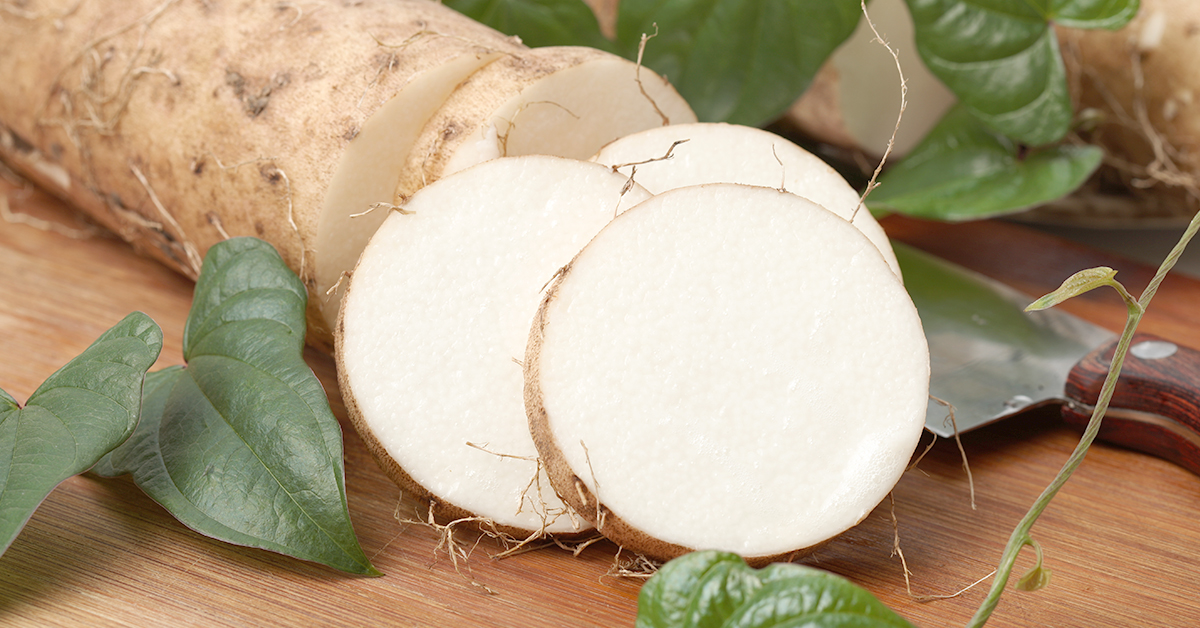
Naturally occurring sugars are the sugars that are part of the actual food. For example, yams have carbohydrates that the body will break down into glucose and use for energy. Yams also have other nutrients. If a manufacturer puts yams in a can with sugar syrup, the sugar in the syrup is called an added sugar.
Some countries now require that added sugars be shown on nutrition labels. Assuming that one is meeting their daily carbohydrate and calorie needs, added sugars offer no nutritional value to a food. The excess sugar is stored as fat.
There is no minimum recommended daily value for added sugars. In fact, the World Health Organization recommends that no more than 5%- 10% of one’s daily calories come from added sugars. The American Heart Association recommends limiting added sugars to no more than 100 calories per day for women and 150 calories for men. Added sugars include:
- dextrose
- cane syrup
- corn syrup
- high fructose corn syrup
- maltose
- honey
- agave nectar
- sucrose
- evaporated cane juice
- raw sugar
- and numerous others.
Is brown sugar better for you than white sugar?
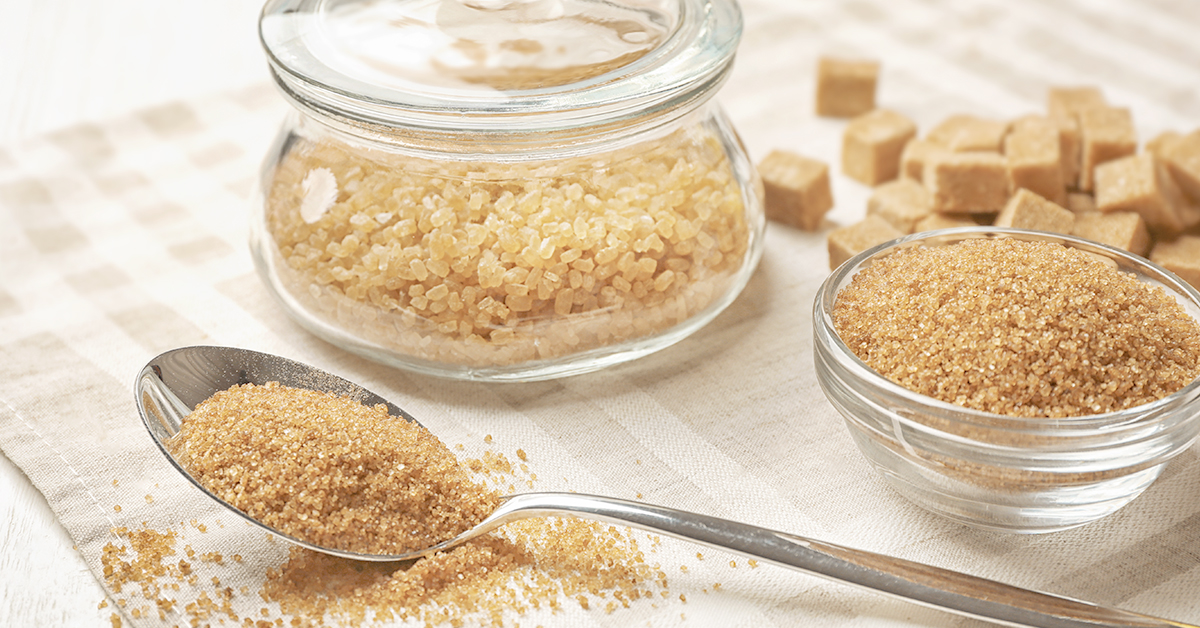
Brown sugar is sucrose, the same sugar as white sugar, with one exception: brown sugar has a slight coating of molasses and can have a slight molasses flavor. Molasses is a by-product of processing sugar from sugar cane, and in different concentrations is sold as a sweetener or as an additive to animal feed. Brown sugar simply hasn’t been processed to the point of removing all of the molasses. Sometimes molasses is added back to the white sugar to create brown sugar.
Should we use sweeteners such as honey or agave nectar instead of table sugar?
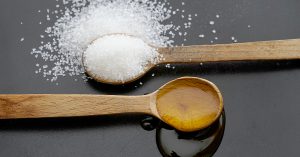
In deciding which type of sweetener to use, there are a few things to consider.
Does the sweetener have any nutrients, or is it highly processed?
- Raw honey, for example, has a small amount of nutrients. However, most honey is processed, and nutrients can be lost, leaving just the sugar. Pureed fruits have more nutrients than either honey or agave nectar and can sometimes be substituted for more processed sugars.
Does the sweetener have a high glycemic index?
- The glycemic index (GI) is a measure of how quickly a food will cause a rise in blood sugar. Foods with a high GI can cause a quick spike in blood sugar, whereas foods with a low GI will cause a slower, more even rise in blood sugar. However, the GI index is not necessarily a useful measure because it assumes that the food is eaten on an empty stomach, and it does not consider the actual portion size.
Does the sweetener contain a high percent of added fructose?
- Fructose, the sugar found in fruit and some vegetables, is stored in the liver until it is converted into glucose if needed. Some studies have shown that excess fructose, such as the fructose in the cheaply produced sweetener called “high fructose corn syrup” can contribute to diseases including gout, high blood pressure, Type 2 diabetes, heart disease, and non-alcoholic fatty liver disease. High fructose corn syrup is found in many processed foods.
- Fructose in fruit is part of a healthful diet and brings with it important nutrients and fiber.
- One slight benefit of fructose as an added sweetener is that its glycemic index is lower than that of sucrose, but the glycemic index must be looked at in context of the entire food or meal.
Consider if the food you are sweetening really needs a sweetener. Does it have a sweetener already added?
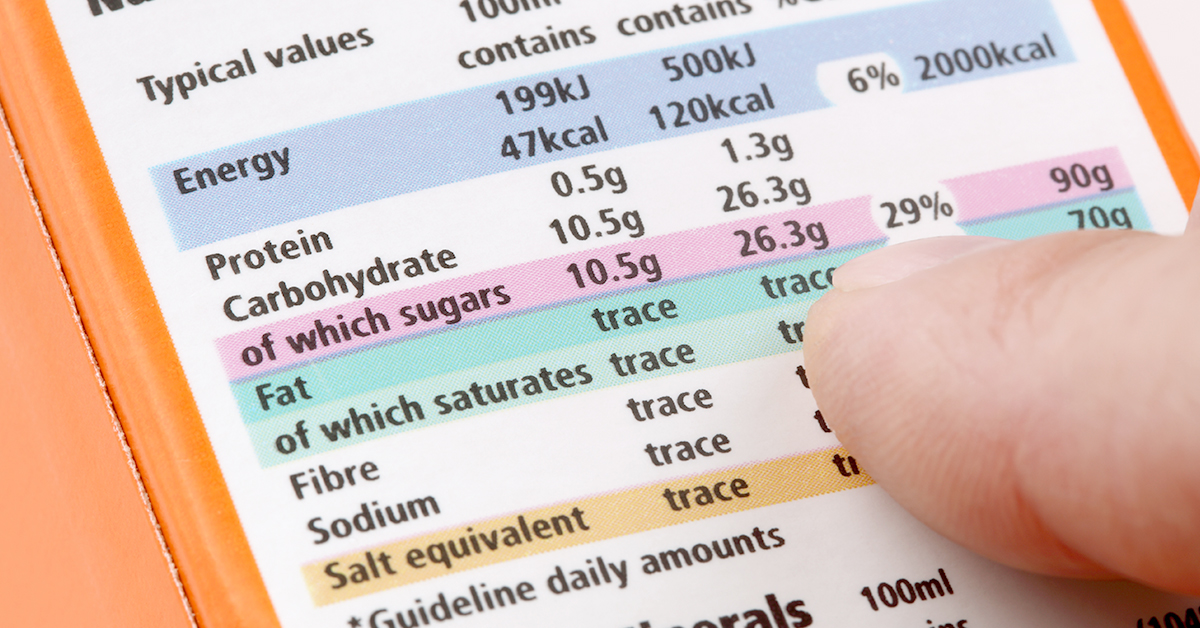
So, is sugar bad for you?
The glucose that your body needs is definitely not bad for you but should come from complex carbohydrates, not from added sugars. Sugars in excess of those that are part of a balanced diet, including an excess of naturally occurring sugars, can contribute to obesity, which in turn leads to a host of complex medical conditions. Added sugars should be limited, although in countries where processed foods are part of an everyday diet, they are almost impossible to avoid. Read the nutrition labels where they are available and as much as possible, avoid highly processed foods.
How can Halza help?
Manage your health easily with the Halza app. Store, track & share all of your medical records to have them with you, wherever you go. Monitor your symptoms as well as upload reports and doctor’s notes all with the Halza app. QuickShare a complete overview of your health with any attending doctor in seconds, during emergencies or whenever you need.
Simplify your health journey with Halza.